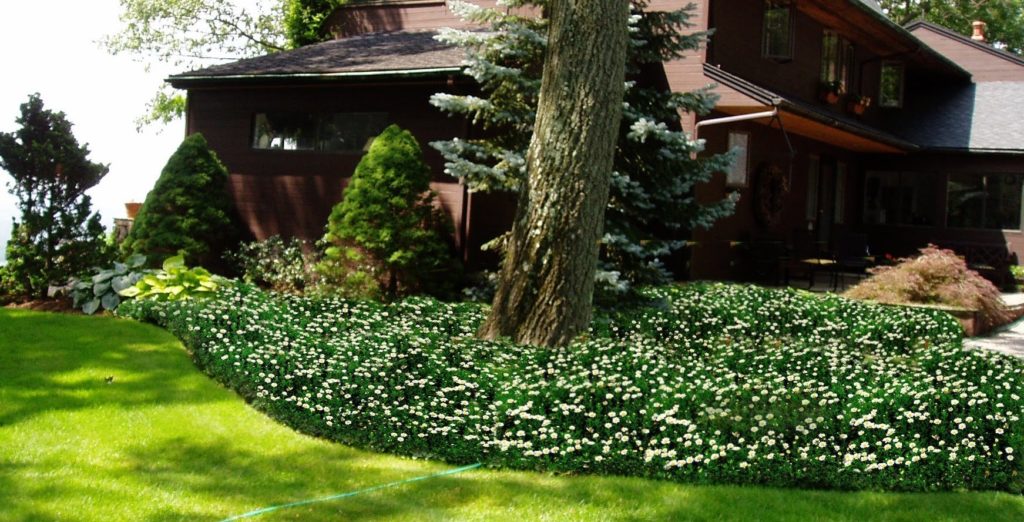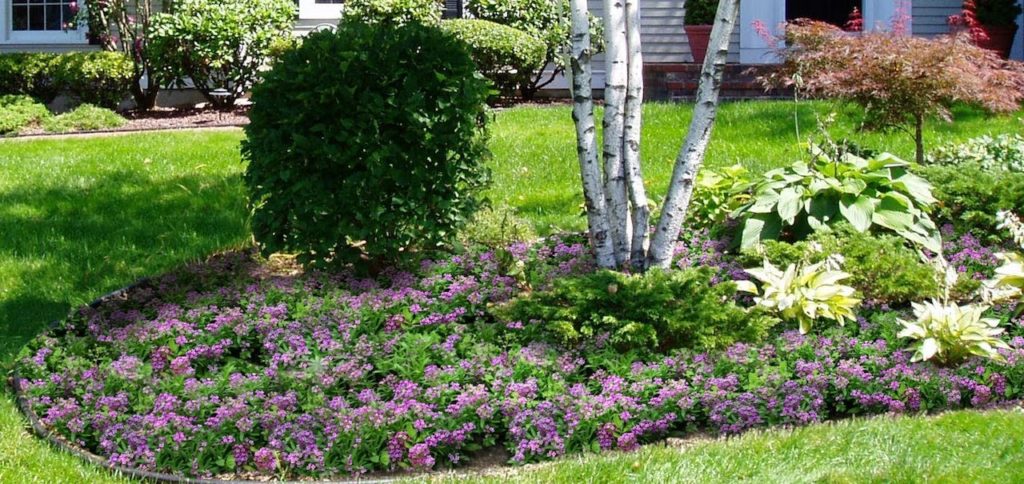Landscapers and master gardeners universally recommend a plentiful layer of mulch for almost every garden situation. But with so many garden mulch choices the options can be overwhelming. Here are some of the benefits and potential drawbacks of popular garden mulches.
Wood Based Mulch Options
Wood is a popular and relatively inexpensive mulch option for many gardeners. Whether specifically made mulch, or recycled branches from clean-up efforts, there are some things to keep in mind regarding bark or wood mulch use in the garden.
Shredded Bark Mulch – Bark shreds are an inexpensive, natural mulch choice for the garden but can sometimes harbor slime mold spores which will look unattractive in the garden. When bark mulch breaks down it will consume nitrogen in the garden so gardeners will need to use additional fertilizer.
Bark Chips Mulch – Generally larger than fine bark shreds, large pieces of bark are attractive, but can encourage slugs and snails. Slugs especially seem to enjoy the abundance of hiding places created by larger chunks of bark.
Sawdust Mulch – Like bark, sawdust does not affect the pH levels of the soil, but consumes a lot of nitrogen from the soil as it breaks down. Sawdust has to be stirred or raked frequently to prevent the particles from sticking together and becoming semi-impervious to watering. Sawdust is available in a variety of colors though, giving gardeners some beautiful options for mulch.
Other Plant Materials for Landscaping Mulch
Leaves or Pine Needles – Chopped leaves, pine needles or whole leaves can be used as garden mulch. While they generally don’t change the pH much, pine needles can have a slightly acidifying effect. Leaves can include weed seeds and the appearance can look messy unless leaves are shredded.
Nut or Seed Hulls – An interesting garden mulch choice where available, the hulls of cocoa beans, peanuts, buckwheat, rice and other nuts or seeds make attractive mulches. The color and look changes completely depending on the exact medium, but all sources provide nutrients to the garden as they decompose. Most hull mulches will break down without depleting nitrogen in the garden.
Grass clipping, hay or straw – Grass mulches are light green to brown in color and usually one of the least expensive garden mulches available. As grass mulches break down they provide a good source of nitrogen without affecting the garden’s pH levels. If gardeners use fresh grass clippings, they should avoid anything with weed killer sprayed on it.
Whatever organic, natural or plant materials that gardeners choose for their landscapes, the pros and cons must be examined. Soil composition, fertility and even mulch color all play a part in finding the perfect garden mulch for each garden.
- How to support your child’s mental health: A parent’s guide - February 1, 2025
- Can data centers stay green? Balancing digital growth with clean energy - January 26, 2025
- Why Blockchain could be end of high fees, delays in global payments - January 17, 2025
- Abridge AI: Silent scribe transforming healthcare interactions - January 5, 2025
- What makes quantum AI a game-changer for technology - December 25, 2024
- How businesses must adapt to evolving cyber threats in 2025 - December 4, 2024
- How vaping stiffens blood vessels and strains lungs: Study - November 26, 2024
- OpenAI Codex or Google Codey? Finding the perfect AI for your code - November 18, 2024
- What Google’s Project Jarvis means for future of digital interaction - October 28, 2024
- 11 tips for creating engaging ad content - July 8, 2024




